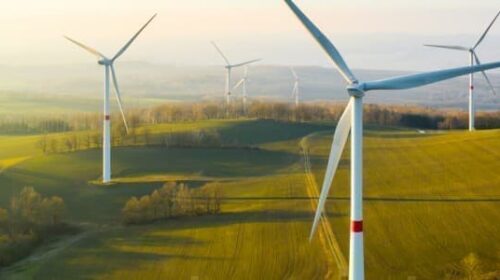Climate-induced calamities are one of the biggest driving forces behind the move towards alternative sources of energy. For a developing country like Pakistan, costs associated with climate change can be unbearable.
The recent floods that swept through the country inflicted more destruction than was ever imagined. They also contributed significantly to the economic downfall with the estimated cost of damages going up to nearly $40 billion; a frightening number for a country already struggling to survive economically.
Moving towards green energy, however, isn’t just a healthier option – it is also a cost-effective one. Hydel, wind and solar-powered projects, considered renewable, clean and green sources of energy, carry no fuel costs in power tariffs with significantly lower cost of power production than that of dirty fuel-based power plants.
Independent Energy Expert, Ammar Khan believes that these solutions can also help Pakistan carve a path leading out of circular debt. “Since renewable energy projects don’t use any fuel, an increase in the number of green projects will help the country gradually take control of the burgeoning circular debt and capacity payments as well,” he said.
“Our circular debt (standing at Rs2.47 trillion in March 2022) is mostly recorded on part of fuel payments. This can be minimised. However, capacity payment (fixed maintenance cost and guaranteed rate of return) issues will remain in place until older projects reach retirement age or demand for power goes up in the country,” said Khan.
According to the National Electric Power Regulatory Authority (Nepra), “During FY 2021, net foreign direct investment (FDI) in the power sector rose to $911.7 million from $765.6 million in the previous year. However, more than half of these investments (56%) were in the coal sector (SBP FDI, 2022).







